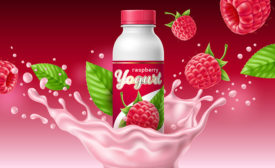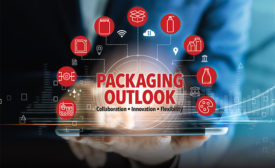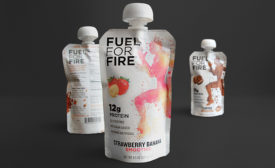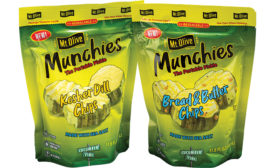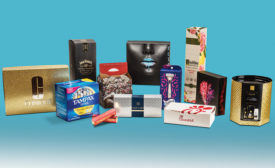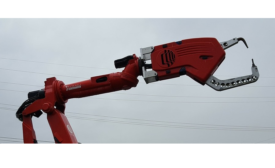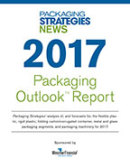Home » Keywords: » Packaging Outlook
Items Tagged with 'Packaging Outlook'
ARTICLES
Special Report
2023 Packaging Industry Outlook
Rapidly mutating global economy is creating unique challenges for packaging, as well as headaches shared by other industries.
January 5, 2023
Spotlight Feature
Packaging Outlook 2020: Collaboration, Innovation, Flexibility
Consumer packaged goods manufacturers, retailers and OEMs are finding new growth with partner collaborations.
March 20, 2020
PRODUCTS
Packaging Outlook 2017
No Comments
$325.00
<p><em>Packaging Outlook 2017</em> gives a breakdown on each packaging sector and insiders’ predictions and insights regarding 2017 market trends. You won’t want to miss this invaluable summary!</p>
ViewKeep the info flowing with our eNewsletters!
Get the latest industry updates tailored your way.
JOIN TODAY!Copyright ©2025. All Rights Reserved BNP Media.
Design, CMS, Hosting & Web Development :: ePublishing

